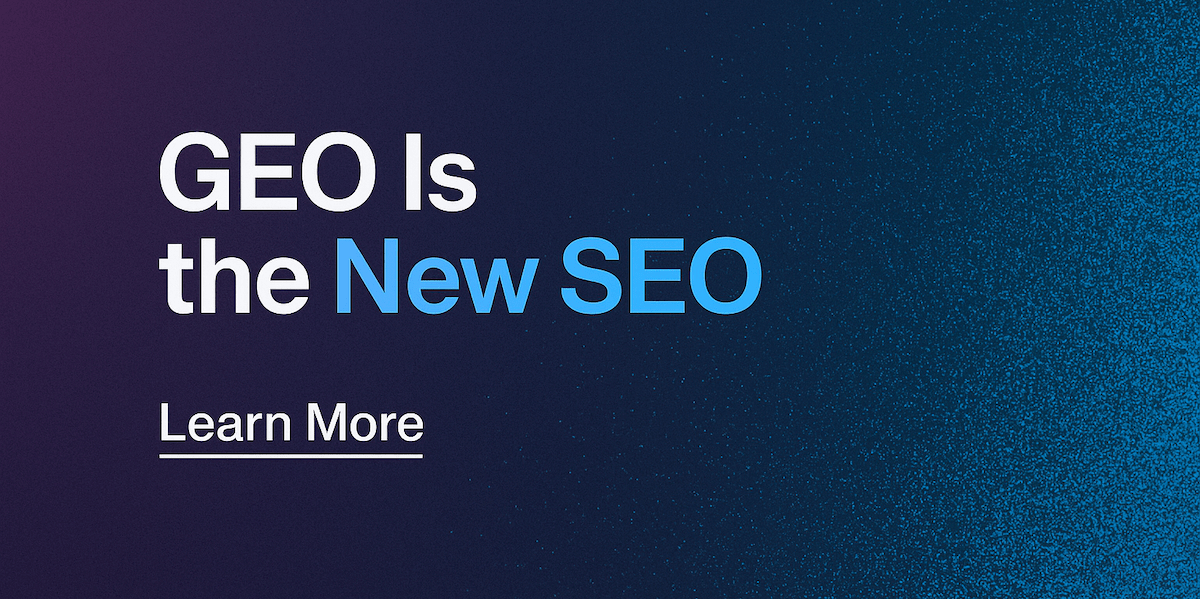How to Conduct Employee Monitoring without Violating Workplace Privacy Laws

Podcast: Play in new window | Download (Duration: 33:45 — 31.5MB) | Embed
Subscribe: Apple Podcasts | Spotify | RSS
EmployeeScreen (acquired by Sterling) celebrated its 10th anniversary last August, making it a grandfather in the hotly contested market for employee screening services.
The landscape is dotted with more than 1,000 employee screening companies, many of them specialized boutiques, according to Nick Fishman, chief marketing officer and executive vice president.
EmployeeScreen has thrived in that environment in part due to a diversified set of social media programs that deliver education and insight that draws more than 3,000 visitors to its website each week.
It was almost an accident three years ago that EmployeeScreen began to develop its social media presence. An early experiment with search engine optimization yielded a huge lift in traffic, which emboldened EmployeeScreen to go further.
Today, its EmployeeScreen University draws thousands of human resources professionals each month to a slate of articles and audio/ video podcasts, with about one in four visitors clicking through to EmployeeScreen’s main website.
Its active blog helps sustain its position near the top of search engine results. The success has enabled EmployeeScreen to reduce its dependence on advertising and to engage with prospects at a deeper level. It’s also demonstrated a greater truth, says Fishman. “One small guy can make very big waves.”
This episode is hosted by Paul Gillin (@pgillin) of Paul Gillin Communications.
Employee Monitoring and Workplace Privacy
1:45 Why using social networks to conduct employee background checks is a potential workplace privacy violation.
5:15 How EmployeeScreen got into social media monitoring of employees by accident and the surprising early success the company had
7:30 The launch of EmployeeScreen University, a learning destination for HR professionals to learn all about background checks
9:30 Visitors grew to 5,000 to 7,000 per month, with 25% clicking to the corporate site
10:15 The move into social networks; HR people were early adopters of LinkedIn
11:00 Why Twitter hasn’t been a big business contributor
13:15 About EmployeeScreen’s all-time most popular blog entry
15:10 About adapting content for a b-to-b audience
16:15 Traffic to the blog averages about 3,000 visitors a week
17:05 How podcasts fit into the mix
17:30 Thematic programming: This Week in Background Checks; other uses for the podcast series
20:05 Which metrics matter most
20:45 How social media has reduced the need to advertise
21:15 Maintaining an early competitive lead; how search engine optimization keeps the site strong
22:15 Why you shouldn’t try to game search engines
23:00 Trying to keep up with social media evolution
24:15 How Nick and EmployeeScreen got into social media marketing
26:15 The need to stay on top of changing trends in Internet marketing
26:55 Landmarks in EmployeeScreen’s social media experience
27:50 “WordPress has been a godsend”
Photo by Luke Chesser on Unsplash
White Papers
Podcasts
Consulting Services
Latest Posts






















